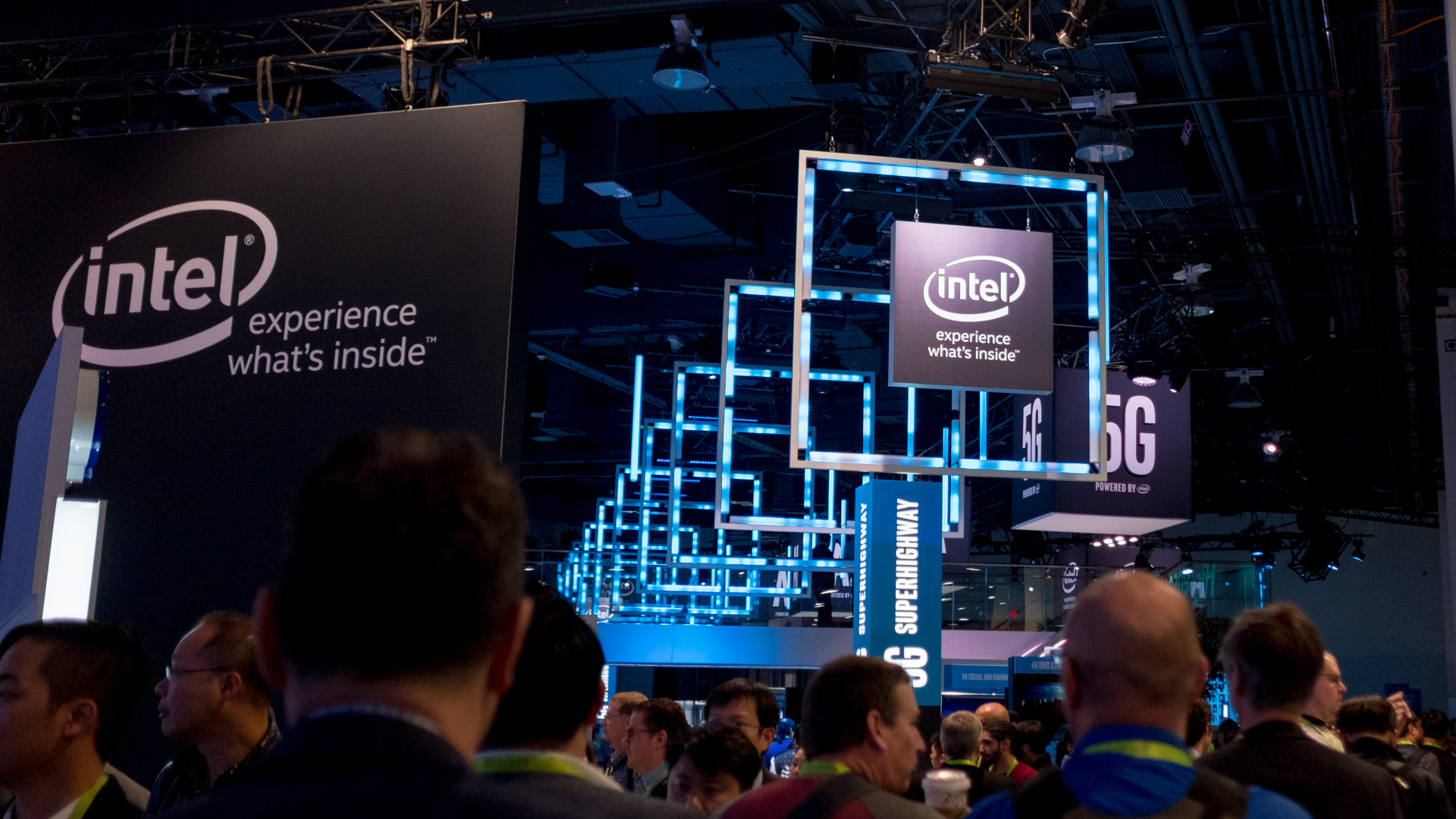Intel's first graphics card prototype shows off 1.5 billion transistors

Updated: It looks like we may have gotten too excited about the prospects of new discrete graphics cards from Intel. The company just informed us the prototype isn't a completely new product, but rather to show off how efficient Intel can make its existing Generation 9 GPU architecture.
An Intel spokesperson shared this quote with TechRadar:
"Last week at ISSCC, Intel Labs presented a research paper exploring new circuit techniques optimized for power management. The team used an existing Intel integrated GPU architecture (Gen 9 GPU) as a proof of concept for these circuit techniques.
"This is a test vehicle only, not a future product.
"While we intend to compete in graphics products in the future, this research paper is unrelated. Our goal with this research is to explore possible, future circuit techniques that may improve the power and performance of Intel products."
We apologize for the error. The original article follows below...
Ever since Intel poached AMD’s Radeon Tech Group Leader Raja Koduri, we suspected that it would be getting into the discrete graphics world. Following a small announcement last November, we're finally seeing the chip maker take things to the next step with a new prototype.
Sign up for breaking news, reviews, opinion, top tech deals, and more.
At the IEEE International Solid-State Circuits Conference, Intel unveiled a prototype GPU based on a 14nm process. According to PC Watch, the prototype GPU contains 1.542 billion transistors split between two chips; one being the actual graphics processor unit and the other a field programmable gate array (FPGA).
The inclusion of an FGPA suggests that this prototype GPU might be in development for workstation and server use rather than gaming or mining.
Intel hasn’t disclosed the intentions of its prototype and has only referred to it as a proof-of-concept. Without any performance numbers, we can’t draw many more conclusions here either. However, as with the company’s processors, you can expect that GPU architecture to be as efficient as it is powerful.
Regardless of which direction Intel goes, the fact that it’s closing in on dedicated graphics cards should make the market dominated by Nvidia and AMD a little more interesting.
- Intel's entry into GPUs could really shake up the best graphics cards
Via Neowin

Kevin Lee was a former computing reporter at TechRadar. Kevin is now the SEO Updates Editor at IGN based in New York. He handles all of the best of tech buying guides while also dipping his hand in the entertainment and games evergreen content. Kevin has over eight years of experience in the tech and games publications with previous bylines at Polygon, PC World, and more. Outside of work, Kevin is major movie buff of cult and bad films. He also regularly plays flight & space sim and racing games. IRL he's a fan of archery, axe throwing, and board games.